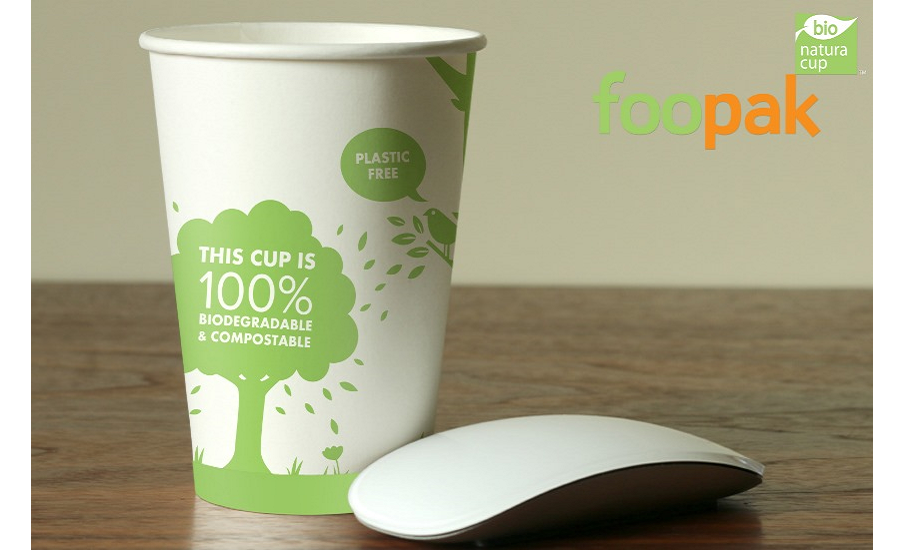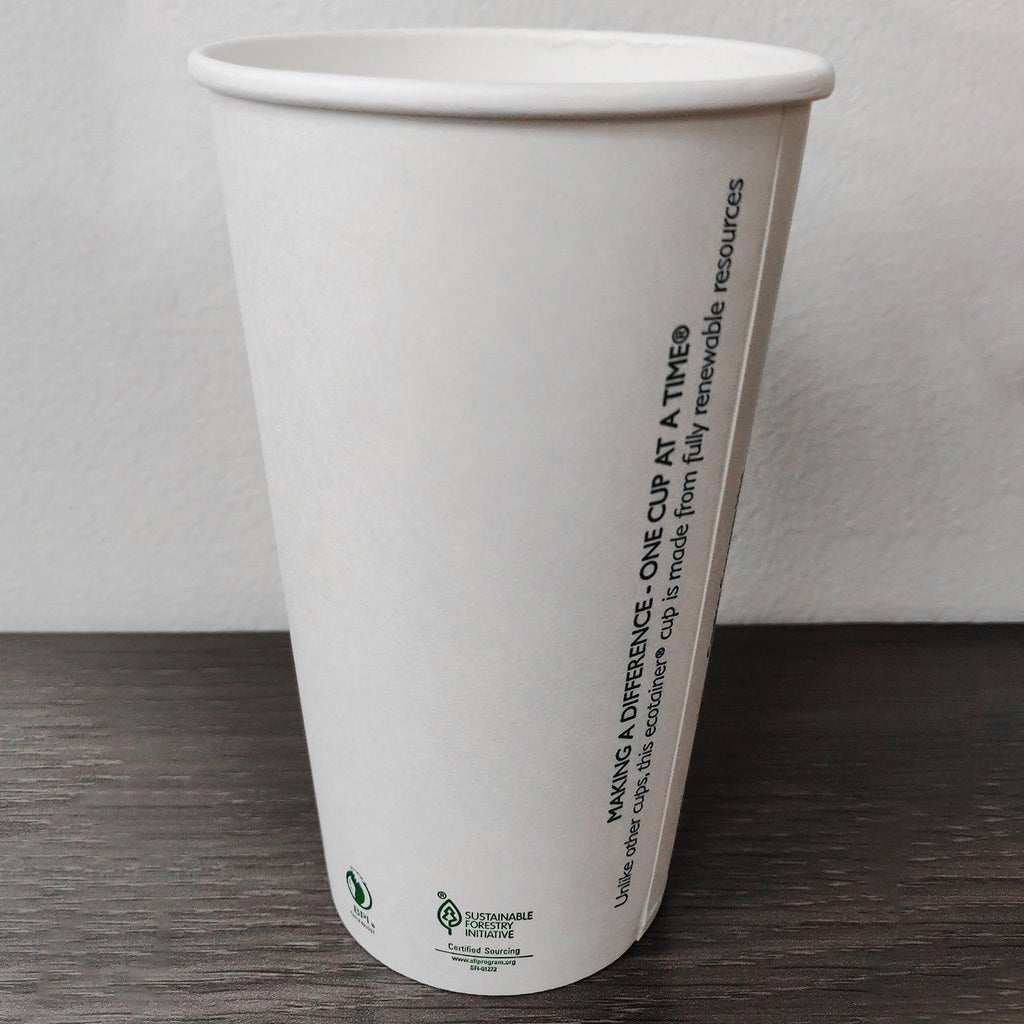Is Sustainable Cupstock Paper Sourcing Right for You?
What are the Environmental Benefits of Using Sustainable Cupstock Paper in Packaging?
Sustainable packaging has become increasingly important in today's environmentally conscious world. One area of sustainable packaging that has seen significant growth is the use of cupstock paper for compostable packaging. Cupstock paper is a type of paperboard specifically designed for hot and cold beverage cups. It is made from sustainable materials that have a reduced environmental impact compared to conventional cup materials like polystyrene and plastic.
In this article, we will explore the various environmental benefits of using sustainable cupstock paper in packaging. We will discuss how cupstock paper reduces environmental impact, the role of recycled paper fibers and plant-based coatings in eco-friendly packaging, how compostable packaging contributes to reducing greenhouse gases and landfill waste, the benefits of bioplastics in maintaining product durability and reducing plastic waste, consumer perception and demand for environmentally conscious packaging from a business perspective, how sustainable packaging supports the circular economy and aligns with global sustainability goals, and we will provide case studies of companies successfully implementing sustainable cupstock for packaging.
How does sustainable cupstock reduce environmental impact compared to conventional materials?
Sustainable cupstock paper sourcing involves using renewable resources such as recycled paper fibers or plant-based materials like cornstarch and sugarcane. Traditional cup materials, like polystyrene and plastic, are derived from petroleum, produce greenhouse gases during production, and can take hundreds of years to decompose. In contrast, sustainable cupstock made from renewable materials has a significantly lower carbon footprint and offers a sustainable alternative to conventional materials.
The role of recycled paper fibers and plant-based coatings in eco-friendly packaging
Recycled paper fibers play a crucial role in sustainable cupstock paper sourcing. By using recycled paper, we reduce the demand for virgin pulp, which helps conserve forests and reduce deforestation. Additionally, using recycled paper fibers reduces energy consumption and water usage during the manufacturing process.
Plant-based coatings are another essential component of eco-friendly packaging. These coatings, often made from materials like cornstarch and sugarcane, provide durability and leak resistance to cupstock paper. By using plant-based coatings instead of traditional petroleum-based coatings, we eliminate harmful chemicals and reduce our reliance on finite resources.
How compostable packaging contributes to reducing greenhouse gases and landfill waste
Compostable packaging, made from sustainable cupstock paper, offers a more environmentally friendly alternative to conventional plastic packaging. When compostable packaging is disposed of properly in an industrial composting facility, it breaks down into organic matter, reducing greenhouse gas emissions. This is in contrast to plastic packaging, which can sit in landfills for hundreds of years, releasing harmful greenhouse gases.
Composting also reduces landfill waste by diverting organic materials from the waste stream. This helps to alleviate the strain on landfills and promotes the use of organic waste for productive purposes, such as creating nutrient-rich compost for soil improvement or plant growth.
Benefits of bioplastics in maintaining product durability and reducing plastic waste
Bioplastics, made from renewable resources such as cornstarch and sugarcane, offer numerous benefits in sustainable packaging. They provide the necessary durability and performance required for packaging while reducing our reliance on traditional plastics.
By using bioplastics in cupstock paper, we can maintain product durability and functionality while reducing plastic waste. Bioplastics are designed to be compostable or biodegradable, breaking down into non-toxic components when properly disposed of in composting facilities. This allows for the safe disposal of packaging materials and reduces plastic pollution.
Consumer perception and demand for environmentally conscious packaging: A business perspective
Consumer perception and demand for environmentally conscious packaging have been steadily increasing over the years. As consumers become more aware of the environmental impact of packaging, they are actively seeking out brands and products that align with their values.
For businesses, using sustainable cupstock paper in packaging not only supports environmental goals but also attracts environmentally conscious customers. By offering compostable packaging, businesses can enhance their brand reputation and build loyalty among consumers who prioritize sustainability.
How sustainable packaging supports the circular economy and aligns with global sustainability goals
Sustainable packaging, including cupstock paper sourced from renewable materials, plays a crucial role in supporting the circular economy. The circular economy aims to minimize waste and maximize the use of resources by keeping materials in circulation for as long as possible.
By using sustainable cupstock paper, businesses can contribute to the circular economy by reducing waste, conserving resources, and promoting the use of renewable materials. This aligns with global sustainability goals, such as the United Nations Sustainable Development Goals, which emphasize the importance of responsible production and consumption.
Case studies: Companies successfully implementing sustainable cupstock for packaging
Several companies have successfully implemented sustainable cupstock paper in their packaging strategies. These companies prioritize sustainability and have seen positive results in terms of customer satisfaction and brand reputation.
One example is Company X, a coffee chain that switched from conventional plastic cups to compostable cupstock paper cups. By making this change, they were able to significantly reduce their environmental impact and attract a new customer base concerned about sustainability.
Another example is Company Y, a fast-food chain that has adopted sustainable cupstock paper packaging for its beverages. This move has helped them differentiate themselves from competitors and position their brand as an environmentally conscious choice.
These case studies demonstrate the benefits of sustainable cupstock paper sourcing and highlight the positive impact it can have on a company's environmental footprint and business performance.
In conclusion, using sustainable cupstock paper in packaging offers numerous environmental benefits. It reduces the environmental impact compared to conventional materials, utilizes recycled paper fibers and plant-based coatings, contributes to reducing greenhouse gases and landfill waste through compostable packaging, maintains product durability with bioplastics, meets consumer demand for environmentally conscious packaging, supports the circular economy, and aligns with global sustainability goals. By transitioning to sustainable cupstock paper sourcing, businesses can make a positive impact on the environment while also attracting environmentally conscious customers.
FAQs about Sustainable Cupstock Paper Sourcing for Compostable Packaging:
What is sustainable cupstock paper sourcing and why is it important for compostable packaging?
Sustainable cupstock paper sourcing refers to the process of acquiring cupstock paper from environmentally responsible and renewable sources, which is crucial as it reduces reliance on petroleum-based materials that harm the environment.
How can businesses identify reliable suppliers of sustainable cupstock paper?
To identify reliable suppliers of sustainable cupstock paper, businesses should look for certifications like FSC and BPI, assess supply chain transparency, and evaluate the environmental policies of suppliers.
How does sustainable cupstock paper sourcing impact the ecological footprint of packaging?
Sustainable cupstock paper sourcing significantly reduces the ecological footprint by minimizing greenhouse gas emissions, reducing landfill waste, conserving resources, and supporting the circular economy.
What are the benefits of using sustainable cupstock materials compared to traditional materials?
Sustainable cupstock materials offer environmental benefits, improved consumer perception, and potential long-term cost savings while maintaining comparable performance to traditional materials.
How can collaboration with suppliers enhance sustainability in compostable packaging?
Businesses can enhance sustainability by maintaining open communication and fostering innovation with suppliers, ensuring ongoing improvements and alignment with eco-friendly practices.
Sustainable cupstock paper is crucial for eco-friendly packaging. Finding reliable suppliers and understanding certifications like FSC and BPI are key steps in this process. By sourcing sustainable materials, businesses reduce their ecological footprint and support a circular economy. Transitioning to sustainable packaging is a smart move for the environment and business growth. Compostable options help reduce waste and meet consumer demand for green products. With innovation and clear goals, companies can lead in reducing plastic use and promoting sustainability. Let's make packaging greener and better for the planet today.





